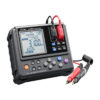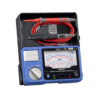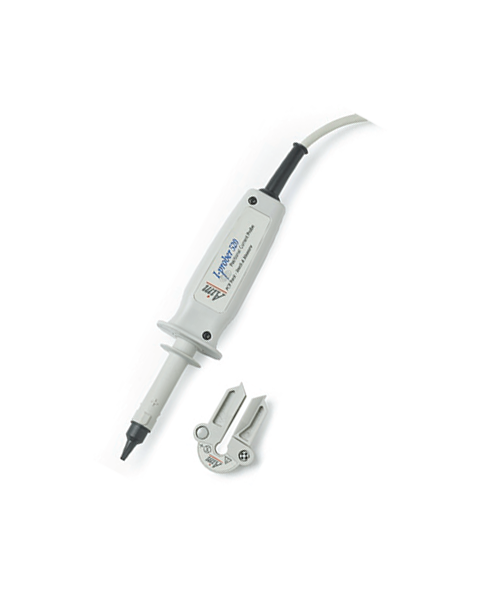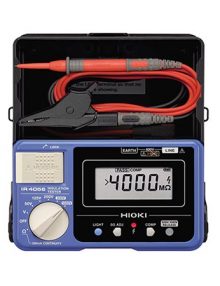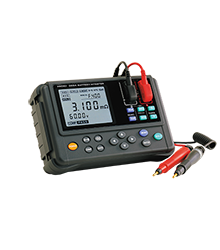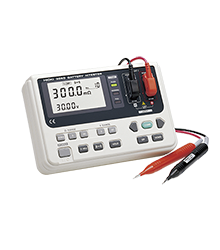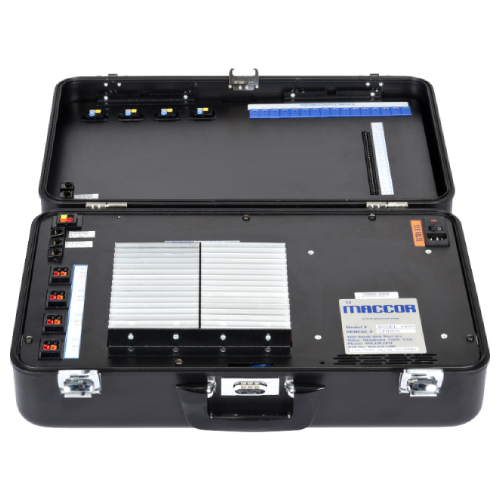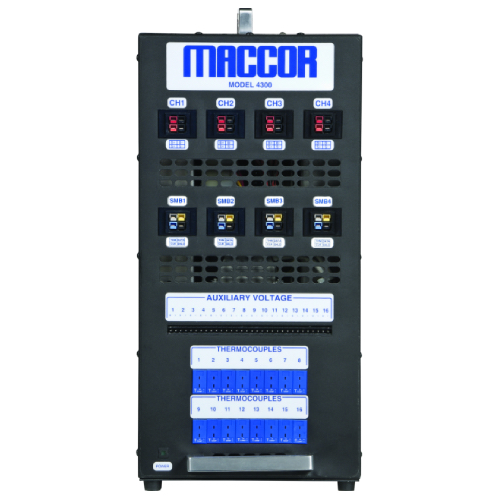Description
A technology breakthrough iprober 520
The I- prober 520 achieves something radically new. It can observe and measure currents in PCB tracks and other conductors where conventional current probes can’t be used. This includes captive wires into components, the legs of integrated circuits, and PCB ground planes. Conventionally, current can only be measured by either breaking the circuit to insert a shunt resistor, or by surrounding the conductor by a loop of magnetic material as in a standard current probe. The I-prober 520 enables currents, from dc up to 5MHz, to be observed and measured simply by placing its insulated tip onto the conductor. iprober 520
Key Features
- Current measurement from insulated probing of conductor
- Suitable for observation and measurement of current in PCB tracks, component leads and ground planes
- Wide dynamic range of 10mA to 20A peak to peak
- Wide bandwidth of DC to 5MHz
- Low noise figure equivalent to <6mA rms at full B/W
- Safety rated to 300V Cat II (600V Cat 1)
- Suitable for connection to any oscilloscope
- High accuracy general purpose H-field probe
- Converts to ‘closed magnetic circuit’ current probe
Unique Capabilities
- No requirement to break or surround the conductor
- Observe and measure currents in PCB tracks directly
- Minimal disturbance to circuit conditions through very low insertion impedance and stray capacitance
- Useable in confined and difficult to access spaces
- Measures current into surface mount components, IC legs and short component leads
- Can observe currents flowing within ground planes
- Useable on high voltage conductors and in high temperature areas
Current measurement techniques
True measurement of current requires the circuit to be broken and a current measurement device inserted (e.g. a shunt that converts current to voltage). However, breaking the circuit is impractical in many circumstances and, in the case of PCB tracks, may be impossible.
Closed magnetic circuit current measurement
DC capable current probes do not measure current, they measure field density. Current flowing through a conductor creates an H field which is directly proportional to the current.
If a conductor is surrounded by a closed magnetic circuit of high Mu material the whole of the field is ‘captured’ by the magnetic circuit and the field density can be scaled to represent current.

